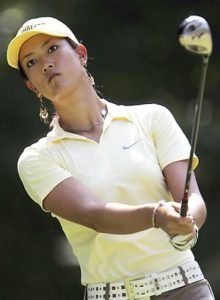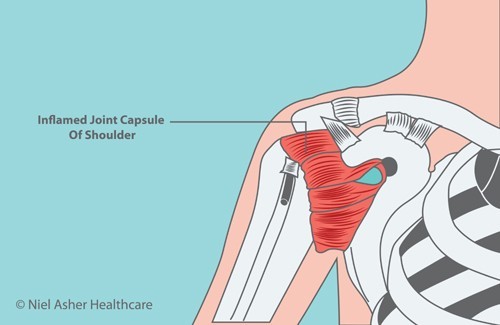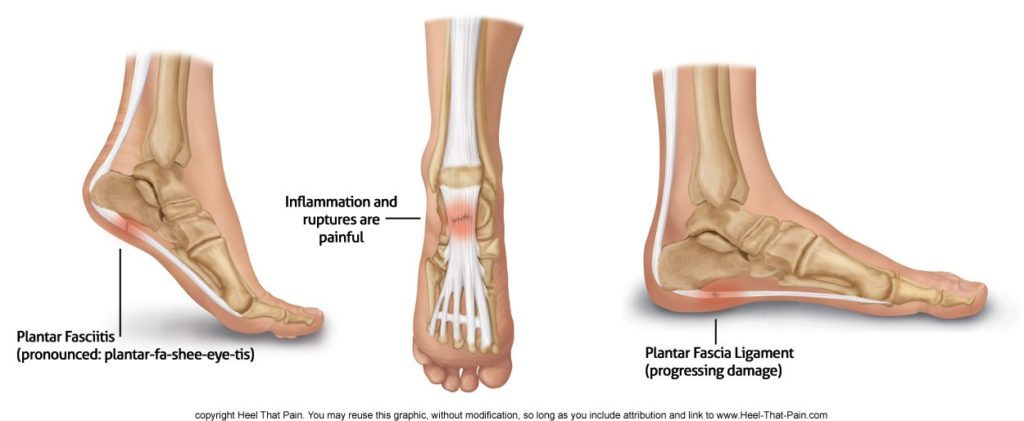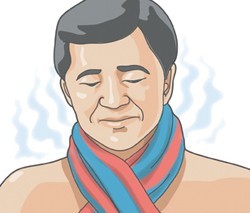
Benefits of Sports Massage for Athletes
After hard training or an athletic event, taxed muscles become constricted and shortened. Micro-tearing of muscle fibers also results from extended strenuous activity leading to swelling and adhesions (like strands of spaghetti stuck together). Without proper rest and stretching between exercise, muscles become increasingly fatigued and contracted. Constrictions prevent free muscle movement and literally destroy range of motion.
During massage, circulation is stimulated and muscle tissue is stretched helping muscles recover faster and more completely. Sports massage focuses on the muscle groups most used by the athlete and incorporates stretches to maintain muscle elasticity. Over the long-term, sports massage helps athletes sustain higher levels of performance and remain free of injuries.
Enhancing the Rest and Recovery Period
There should be a period of rest after hard training to allow muscle recovery to take place. Depending on the intensity of the physical activity, the rest period can be anywhere from a day to several weeks. By stimulating circulation and the lymphatic system, sports massage coupled with appropriate low-level activity increases the quality and effectiveness of the rest period. Some refer to it as ‘turbo-charging.’
The Importance of Warm-Up and Cool-Down
Neglecting to warm-up can result in injury because cold muscles are less elastic and more vulnerable to damage. A proper warm-down with ample stretches helps start the muscle recovery process, re-aligning muscle fibers and preventing tightness.
Adapting Sports Massage for Age
As we get older, our muscles become more prone to damage due to wear and tear, so stretching and proper warm-up and warm-down become more important. Since it takes muscles longer to recover as we age, a longer rest period and more regular massage is beneficial.
Pre-Event Sports Massage
Pre-event sports massage can take place from two days to two minutes before a race. Two days before, sports massage can be thorough and deep to ensure you are in optimum condition and fully recovered from any previous exercise. Shortly before an event, sports massage uses passive stretches and muscle warming techniques for maximum muscle elasticity. Some also choose to get massage the day of an athletic event with the goal of either relaxing their nerves or “firing-up” for the competition, depending on the athlete’s particular needs.
Post-Event Sports Massage
If you are like many, you may be skipping the warm-down after an athletic event, whether due to exhaustion, elation or forgetfulness. Whatever the reason, sports massage can be a reasonable substitute for a warm-down since it stretches muscle fibers and helps effectively remove metabolic waste (through increased circulation). If there is an injury, cold therapy and cross-fiber massage techniques can be used to reduce swelling and remove muscle adhesions.
Why Sports Massage Matters for Athletes
In summary, sports massage helps active individuals maintain flexible, rested and healthy muscle tissue helping to improve athletic performance. If you consistently suffer from stiffness or muscle fatigue after athletic activity, consider adding sports massage to your overall routine.
By Larisa Goldin, MBA, LMP


 The main golf swing muscles and their role in the golf swing:
The main golf swing muscles and their role in the golf swing:




